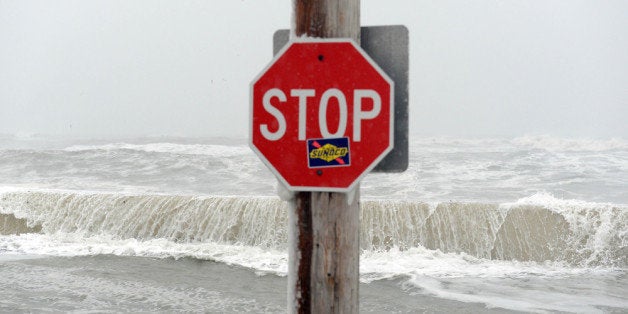
WASHINGTON –- State and local leaders can now consider expected sea level rise due to climate change when applying for grants to help prevent property damage along coastlines, the Federal Emergency Management Agency (FEMA) said Monday.
FEMA's deputy associate administrator for mitigation, Roy Wright, said in a memo to regional directors obtained by The Huffington Post that the agency will "fund cost effective hazard mitigation projects that include sea level rise estimates." The guidance pertains to FEMA's Hazard Mitigation Assistance program, one of the few proactive programs for reducing risks along the coastal United States. The program allows communities to apply for grants to do things like raise homes and businesses above the flood plain.
In the past, the program's cost-benefit analysis has only used current conditions and historic flood levels when deciding which projects would bring the biggest bang for the government buck. Only projects with benefits that outweighed the costs would get funding. But now, for the first time, applicants can also include future sea level rise projections in that assessment. This could potentially shift the cost-benefit analysis for projects in flood-prone areas, and FEMA has said it expects more land to become at-risk for flooding due to climate change.
Communities will be able to use new mapping tools that project future sea level rise, released earlier this year by the National Oceanic and Atmospheric Administration (NOAA) and the U.S. Army Corps of Engineers. The new directive does not require applicants to the hazard mitigation program to incorporate future sea level rise, but will allow them to if they choose.
FEMA issued its climate change adaptation policy in January 2012, which acknowledged a need to address risks associated with disaster events that could be related to climate change. In November of this year, President Obama issued an executive order calling on agencies to assess what policies and programs might be hindering climate adaptation.

